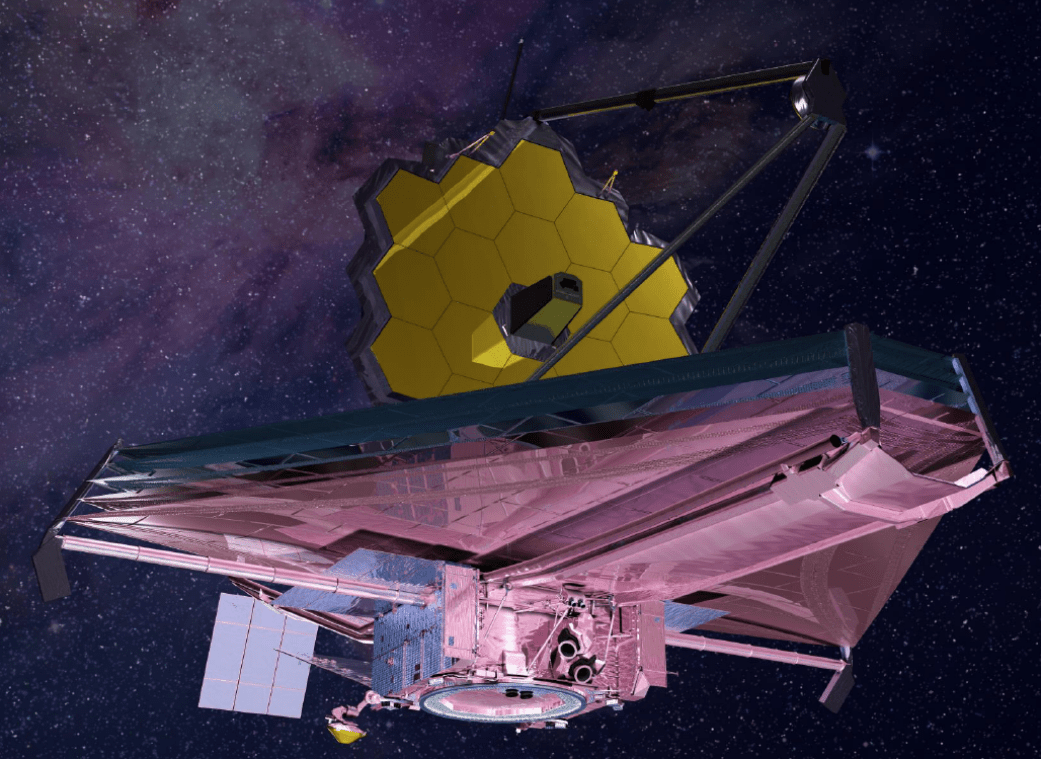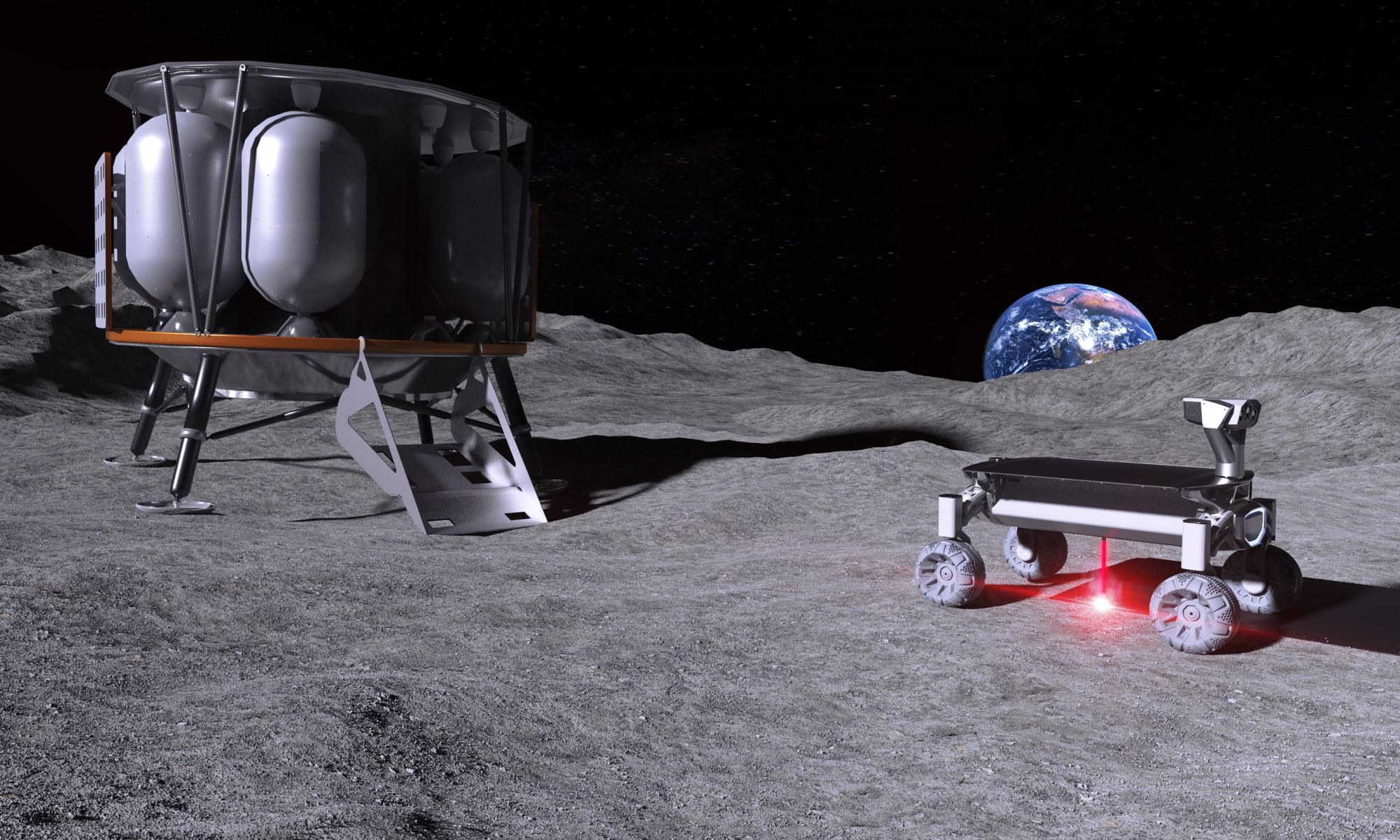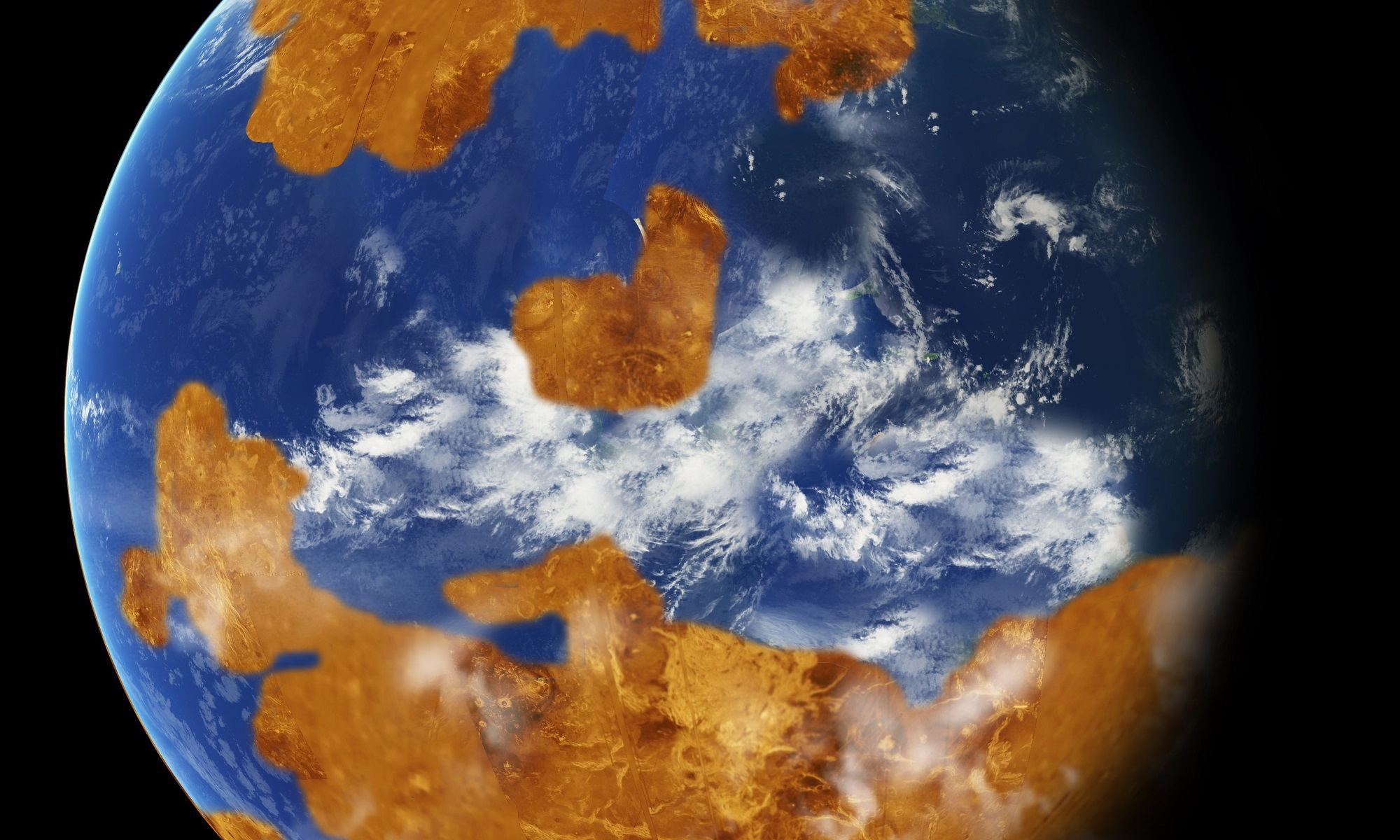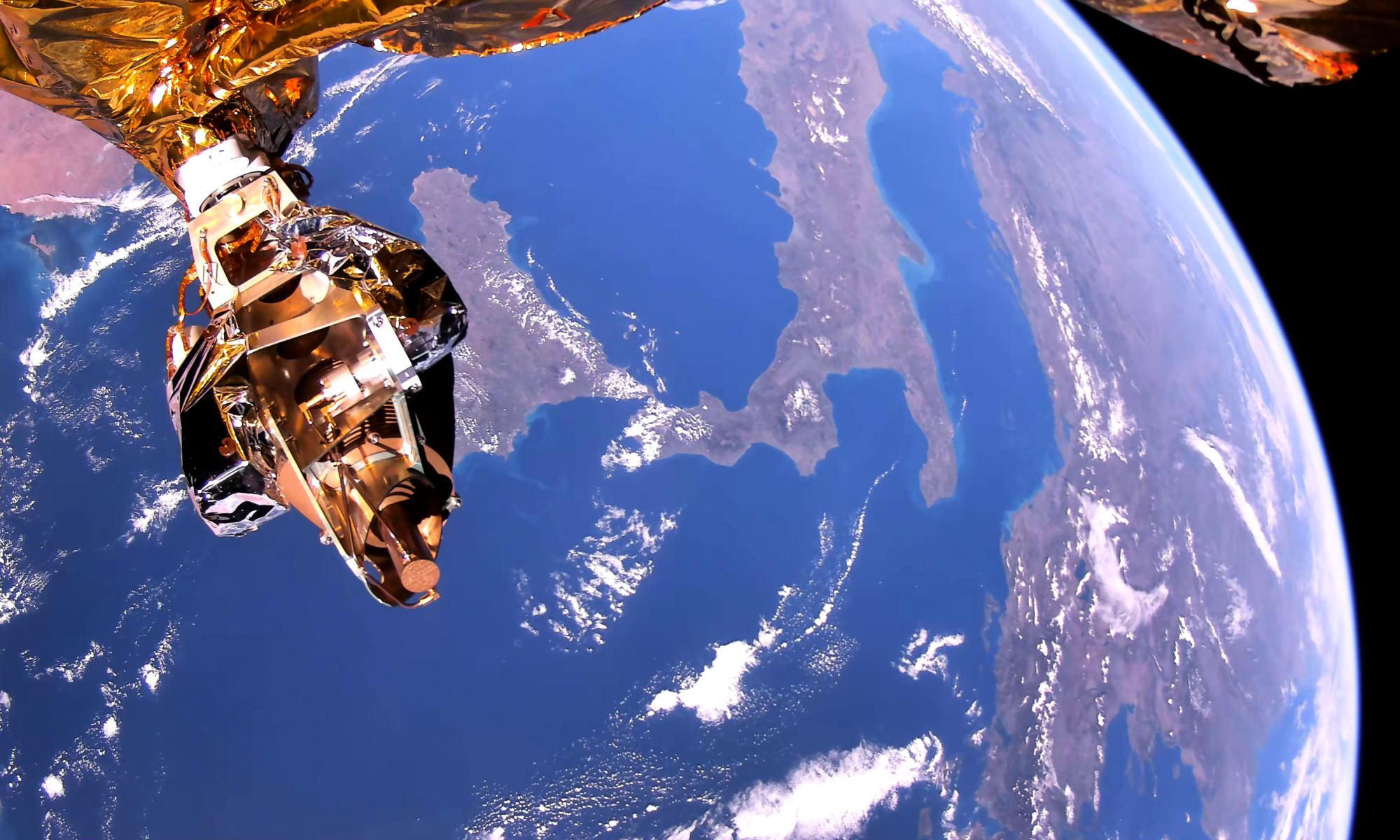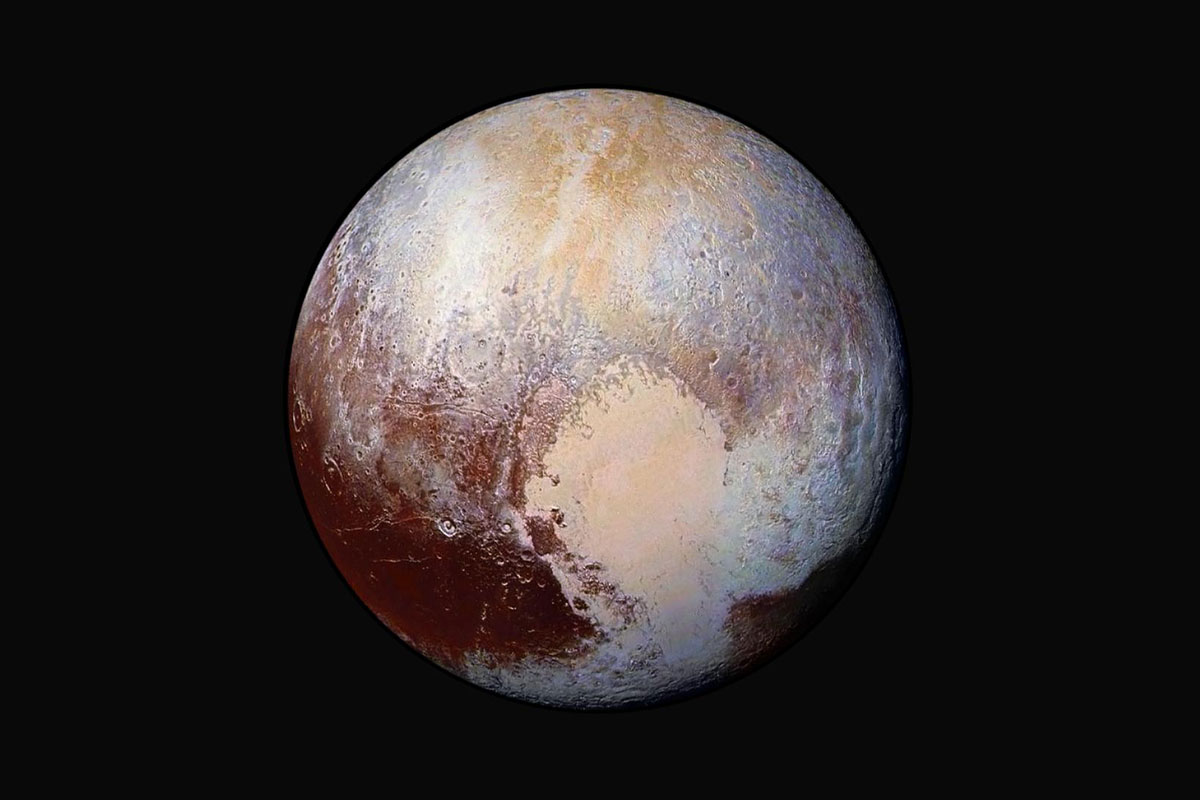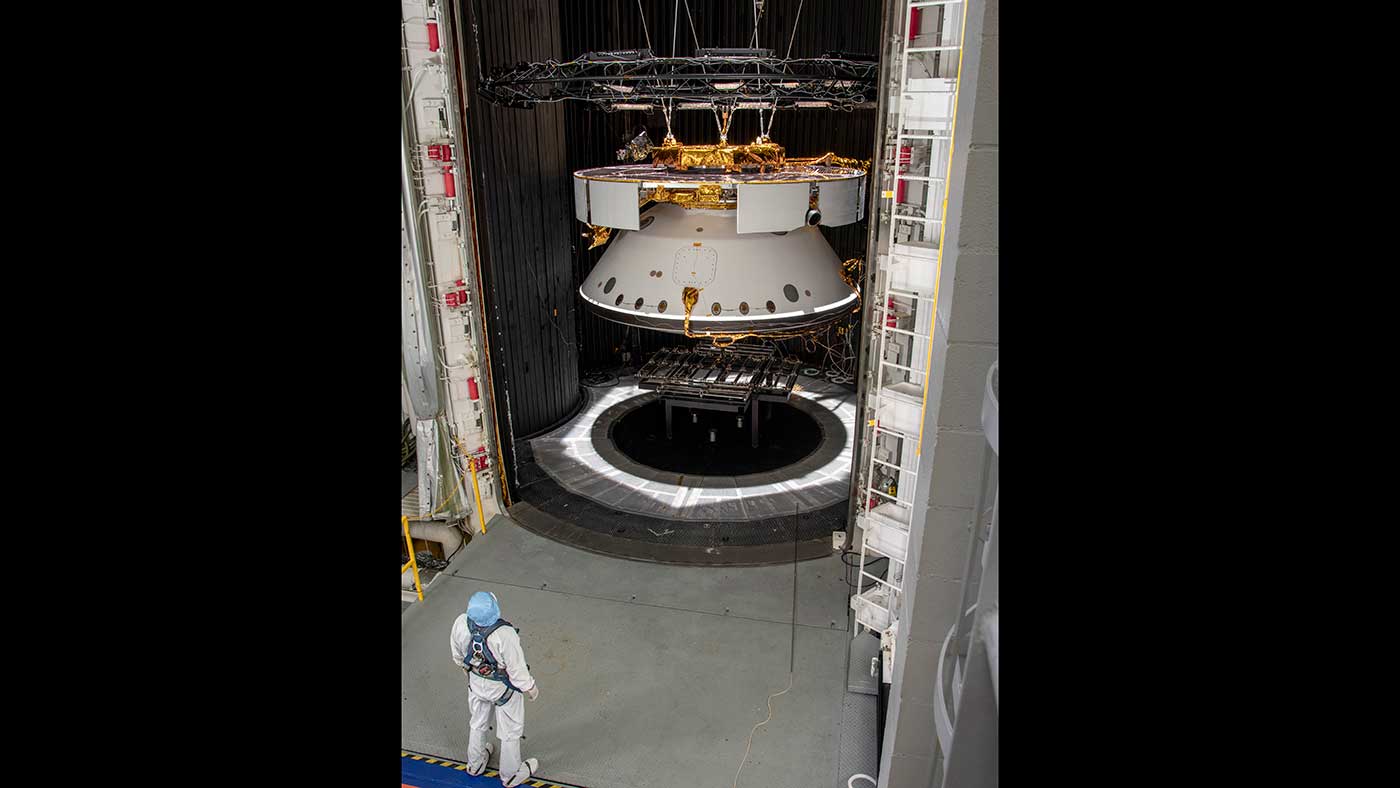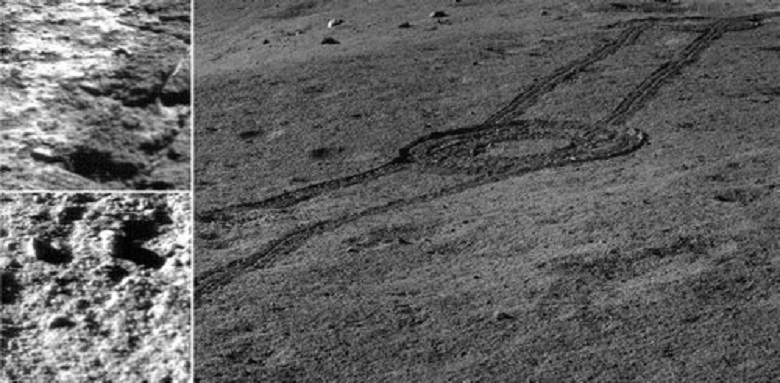Once it is deployed to space, the James Webb Space Telescope (JWST) will be the most sophisticated and advanced space telescope in operation. Carrying on in the tradition of Hubble, Kepler, and Spitzer, the JWST will use its advanced suite of infrared imaging capabilities to study distant exoplanets, learn more about the Solar System, and study the earliest galaxies in the Universe.
After numerous delays, NASA announced last summer that the much-anticipated JWST would be ready to launch by 2021. And in what is admittedly a very nice change of pace, NASA recently indicated that this is still a go! According to their latest update, the JWST has just completed its final vacuum test and is on track for launch in March of 2021.
Continue reading “Phew! James Webb passes its final thermal vacuum test. Still on track for 2021”
